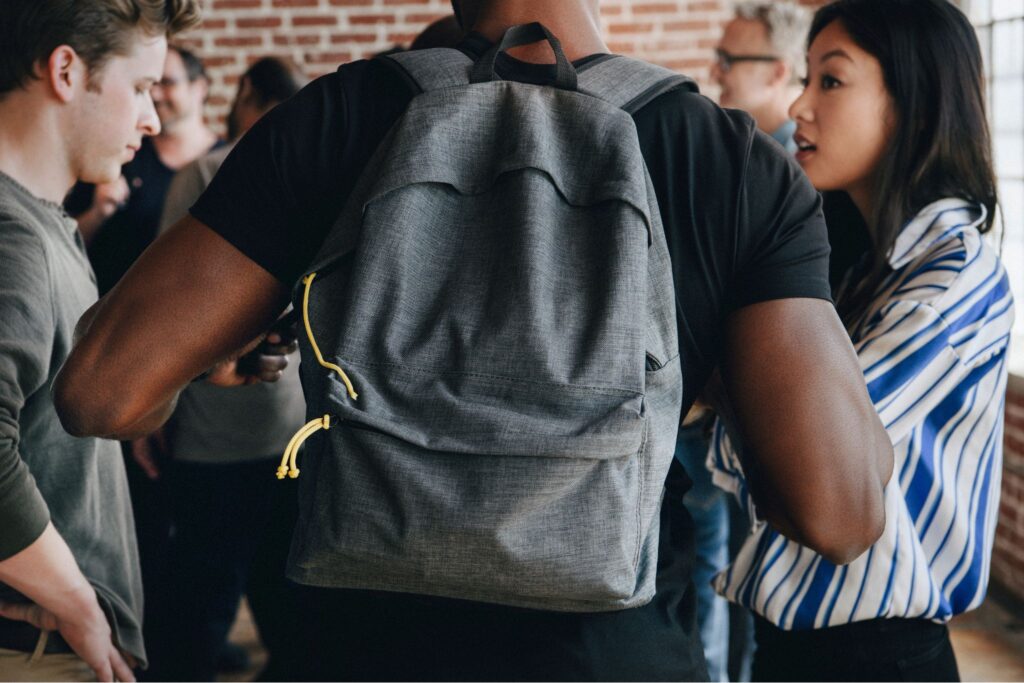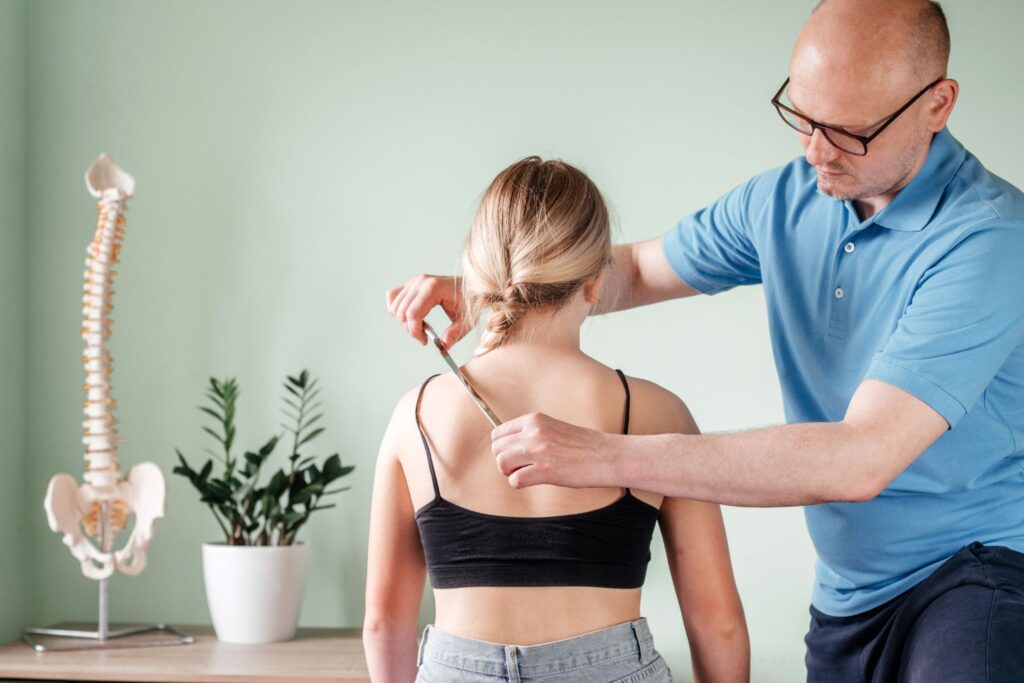
As parents prepare for their child’s first chiropractic visit, many wonder how everyday habits impact a growing spine. One of the most overlooked factors is the backpack—a seemingly harmless school item that, when improperly fitted, can place significant strain on a child’s back, shoulders, and posture.
Backpacks that are too heavy, poorly adjusted, or incorrectly worn contribute to muscle fatigue, postural changes, and even long-term spinal issues. This guide provides a comprehensive checklist to ensure your child’s backpack supports their health rather than harming it.
1. Why Backpack Fit Matters for Students
Children and adolescents are in critical stages of musculoskeletal development. Improper backpack use can lead to:
- Forward head posture due to leaning forward under weight.
- Shoulder and neck tension from uneven strap distribution.
- Compressed spinal discs in the lower back caused by excess load.
- Hip misalignment when bags are slung over one shoulder.
Long-term, these habits may set the stage for chronic back pain and postural imbalances in adulthood.
2. The Science of Backpack Weight
Studies recommend that a child’s backpack should weigh no more than 10–15% of their body weight.
- For a 70-pound student → backpack should not exceed 7–10 pounds.
- Overloaded backpacks force the spine to compensate, often by leaning forward.
- Consistent overload leads to fatigue, decreased mobility, and spinal stress.
Teaching children to pack only essential items each day can prevent unnecessary strain.
3. Key Features of a Healthy Backpack
When purchasing a backpack, consider these features:
Wide, Padded Straps
Distribute weight evenly across the shoulders, preventing sharp pressure points.
Chest and Waist Straps
Help transfer some weight from shoulders to torso and hips, improving balance.
Multiple Compartments
Allow for better organization and weight distribution; heavy items should sit closest to the back.
Lightweight Material
Avoid heavy, bulky backpacks; the pack itself should not add significant weight.
Proper Size
A backpack should not be wider or longer than the student’s torso. It should rest no lower than 2 inches below the waistline.
4. How to Wear a Backpack Correctly
Even the best-designed backpack can cause problems if worn improperly. Teach students to:
- Use both shoulder straps, not just one.
- Keep straps snug but not overly tight, ensuring the bag sits close to the back.
- Pack heavier items against the spine, lighter items outward.
- Avoid dangling items that shift weight and alter balance.
Encouraging these habits creates long-term postural awareness.
5. Warning Signs of Backpack Problems
Parents should watch for these red flags:
- Red marks or deep indentations on shoulders.
- Child leaning forward or to one side while walking.
- Complaints of neck, shoulder, or back pain after school.
- Fatigue or stiffness at the end of the day.
These may indicate that the backpack is too heavy, poorly adjusted, or inappropriate for the child’s body.
6. The Role of Chiropractic in Student Health
Backpack-related strain is preventable, but sometimes intervention is necessary. Chiropractic care can:
- Correct misalignments caused by poor posture.
- Relieve muscle tension and restore flexibility.
- Educate families on ergonomic practices for school and home.
- Support overall spinal development during growth years.
Regular spinal checkups ensure children adapt to the demands of school without compromising long-term health.

7. Quick Backpack Checklist for Parents and Students
Here is a practical list to evaluate your child’s backpack:
- ✅ Backpack weight is less than 10–15% of body weight.
- ✅ Both straps are used at all times.
- ✅ Straps are padded, wide, and adjusted to fit snugly.
- ✅ Backpack rests 1–2 inches above the waist.
- ✅ Heavier items are packed closest to the spine.
- ✅ Chest or waist strap is used when available.
- ✅ Bag is emptied regularly to remove unnecessary items.
- ✅ No visible leaning, hunching, or pain after carrying the backpack.
Conclusion
Backpacks are essential for school, but they do not need to harm spinal health. By choosing the right size, encouraging proper wear, and monitoring for signs of strain, parents can protect their child’s posture and well-being.
👉 Concerned about your child’s posture or backpack use? Contact Family Chiropractic of Clark today to schedule a consultation and receive personalized advice on spinal health and preventive care.
